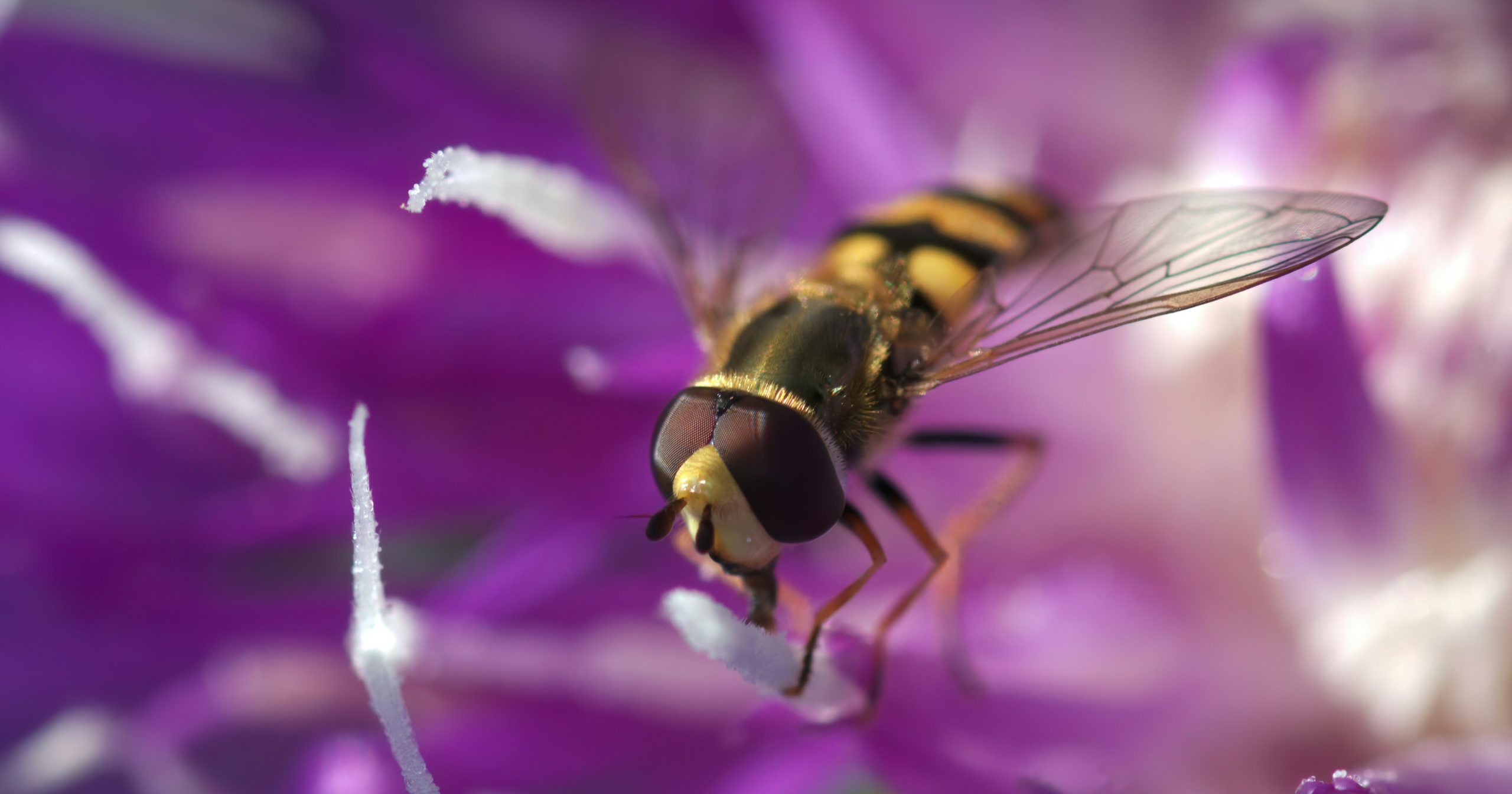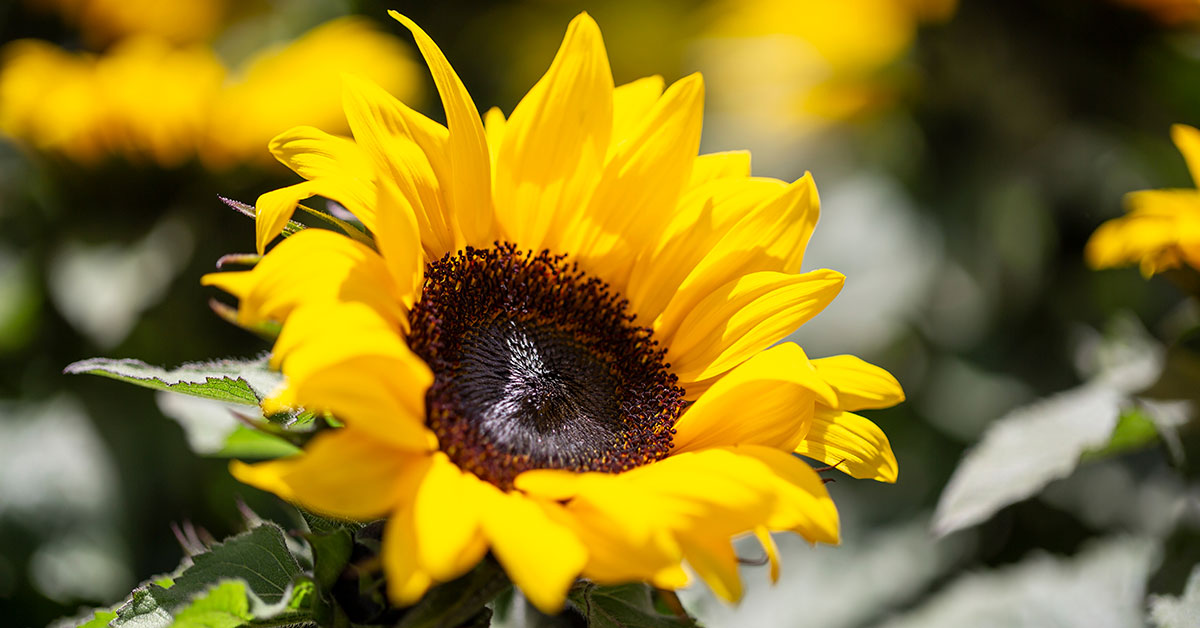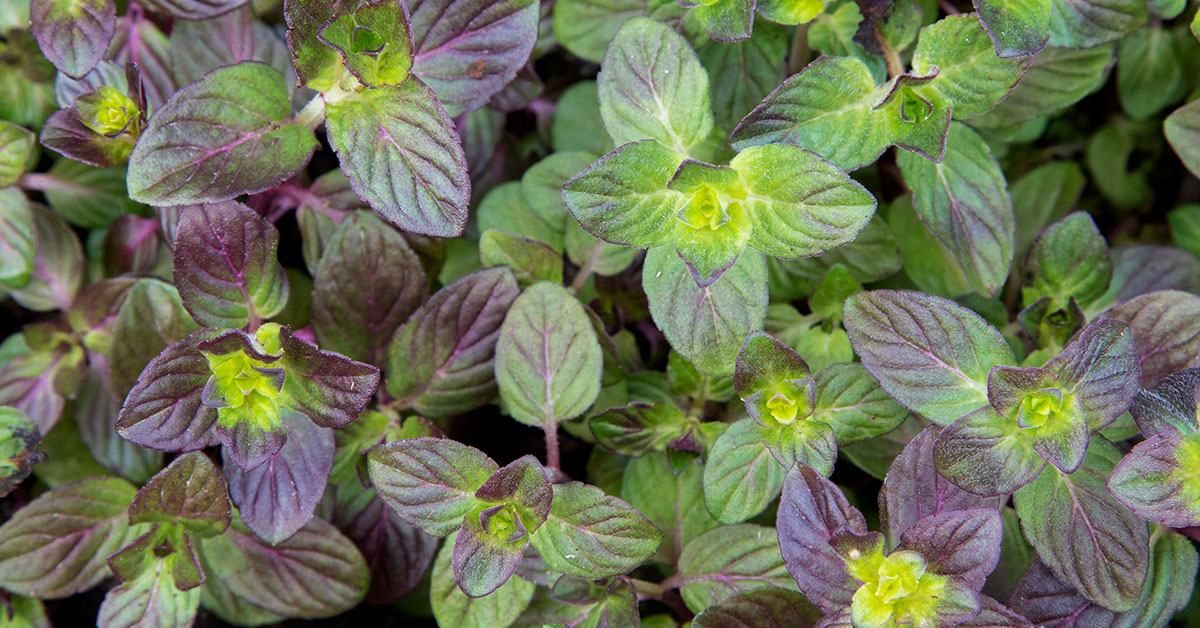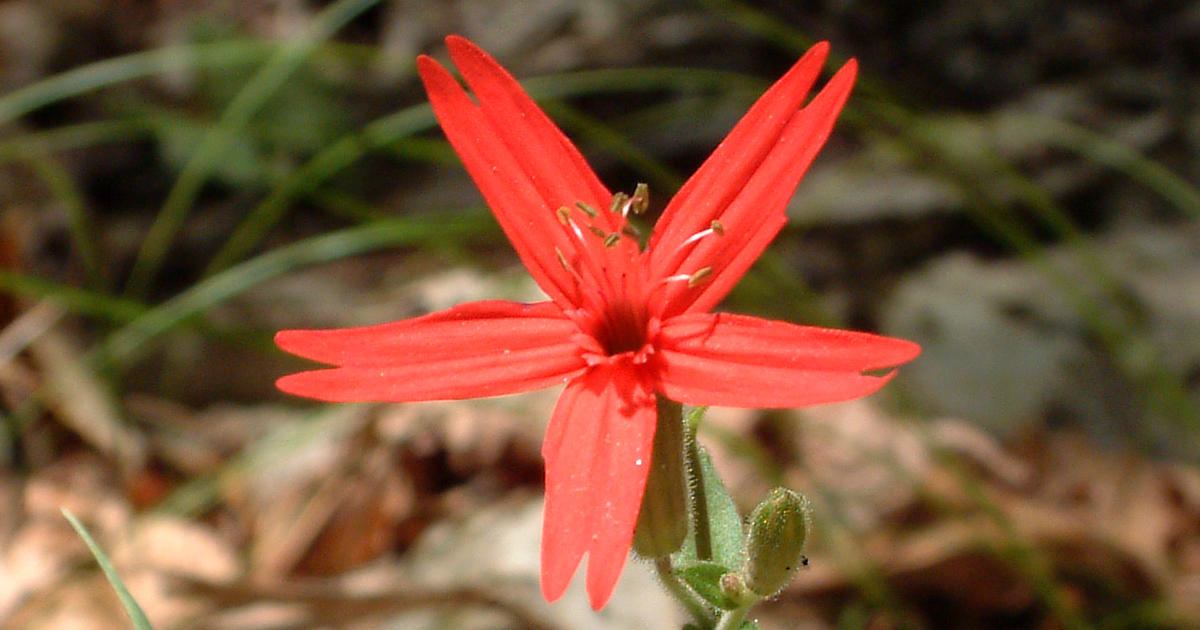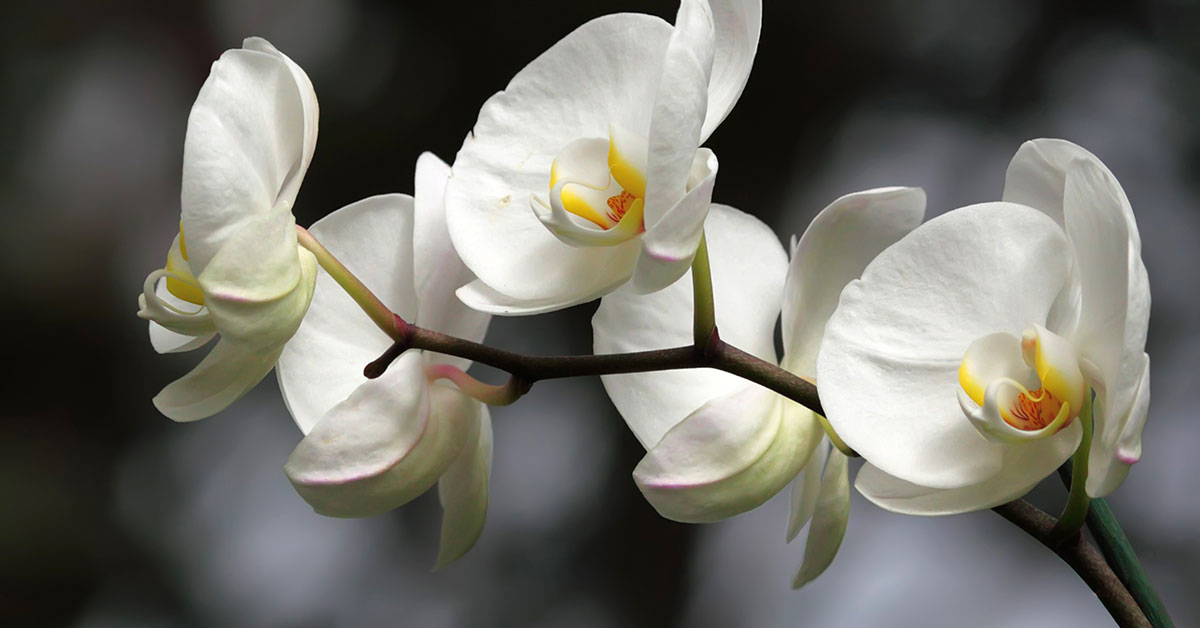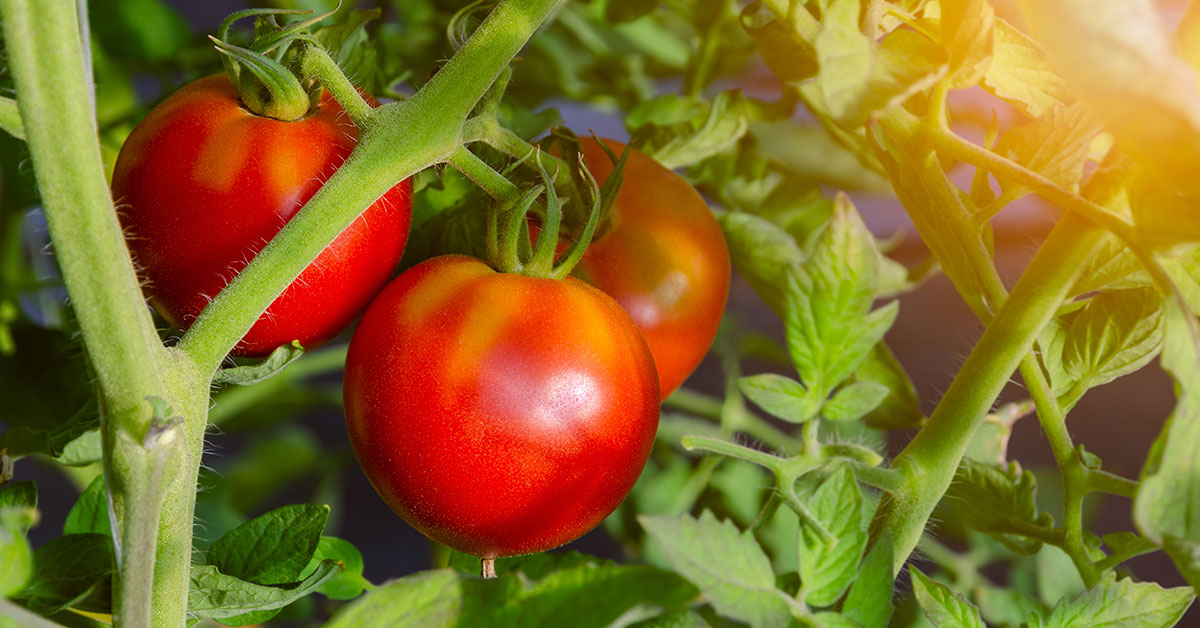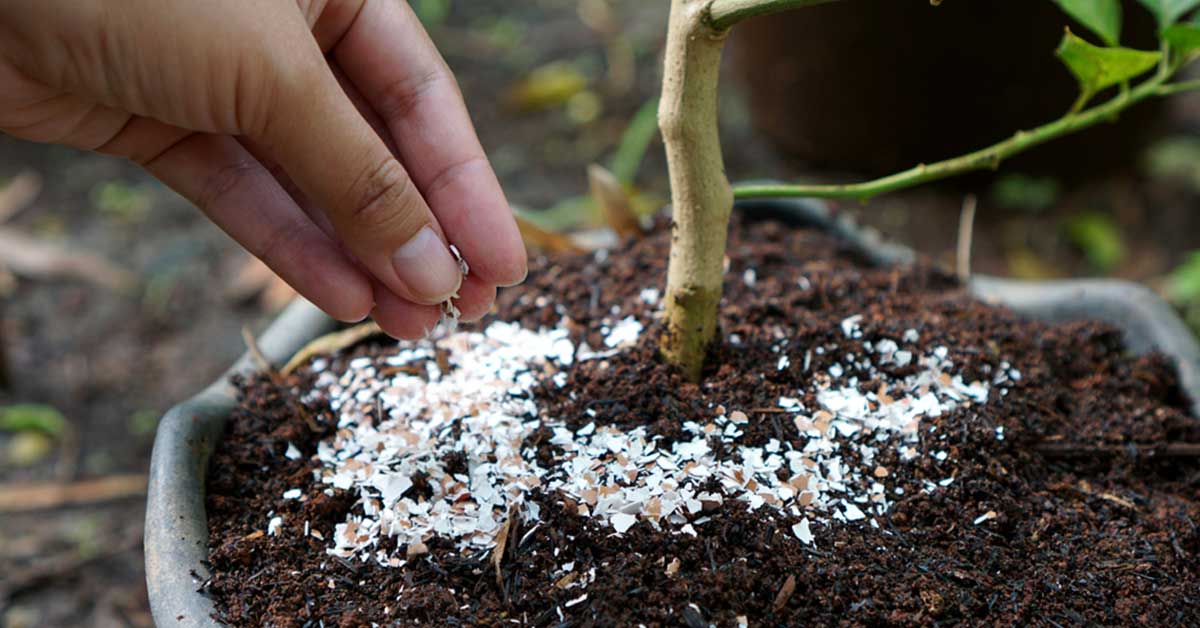Red flowers bring an undeniable passion and vibrancy to any garden, creating an eye-catching display that’s hard to ignore. These stunning blooms can evoke feelings of love, excitement, and energy, transforming your garden into a lively, dynamic space. As a gardener, incorporating red flowers can enhance the aesthetic appeal and create focal points that draw attention and admiration.
If you’re eager to add a fiery touch to your garden, here are ten beautiful red flowers that will thrive with varying water needs. Each of these flowers has its unique charm and requirements, making them a versatile choice for different garden settings. Let’s dive into these passionate blooms!
Cardinal Flower
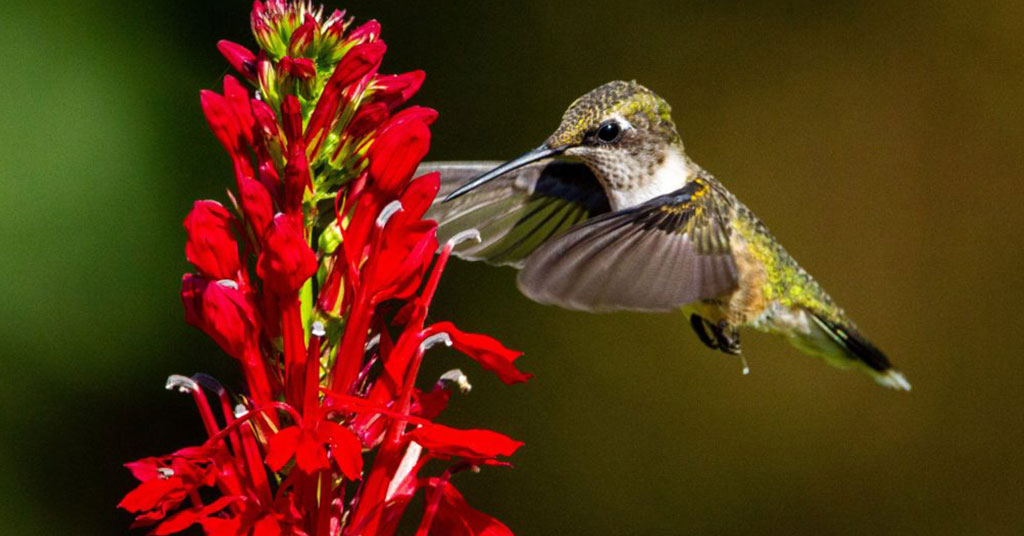
One of my favorite plants, the Cardinal flower, features striking red, tubular flowers that bloom from mid-summer to early fall. This flower is perfect for attracting hummingbirds, which love its vibrant color and nectar. The Cardinal flower thrives in consistently moist to wet soil, making it ideal for rain gardens or areas with poor drainage.
To grow Cardinal flowers successfully, plant them in partial shade to full sun. Ensure the soil remains moist, especially during dry spells. They’re not just beautiful but also beneficial for pollinators, making them a wonderful addition to your garden!
Red Columbine
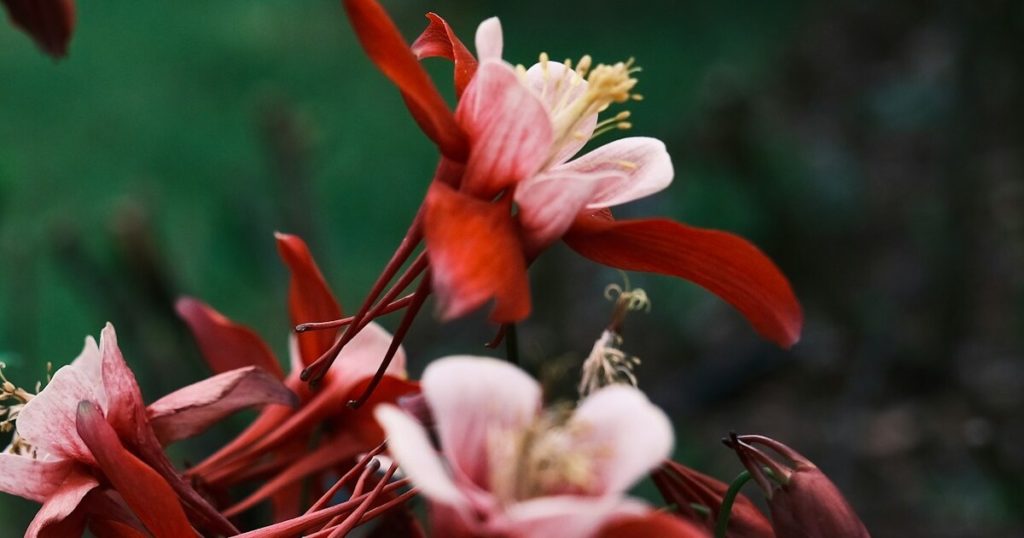
Red Columbine is a charming perennial with distinctive red and yellow flowers that bloom in late spring. These flowers are beloved by hummingbirds and other pollinators. Red Columbine prefers well-drained soil and partial shade, though it can tolerate full sun if kept moist.
This plant enjoys moderate watering and benefits from mulching to retain soil moisture. Red Columbine’s delicate, nodding flowers and attractive foliage make it a delightful addition to any garden, adding both beauty and ecological value.
Bee Balm
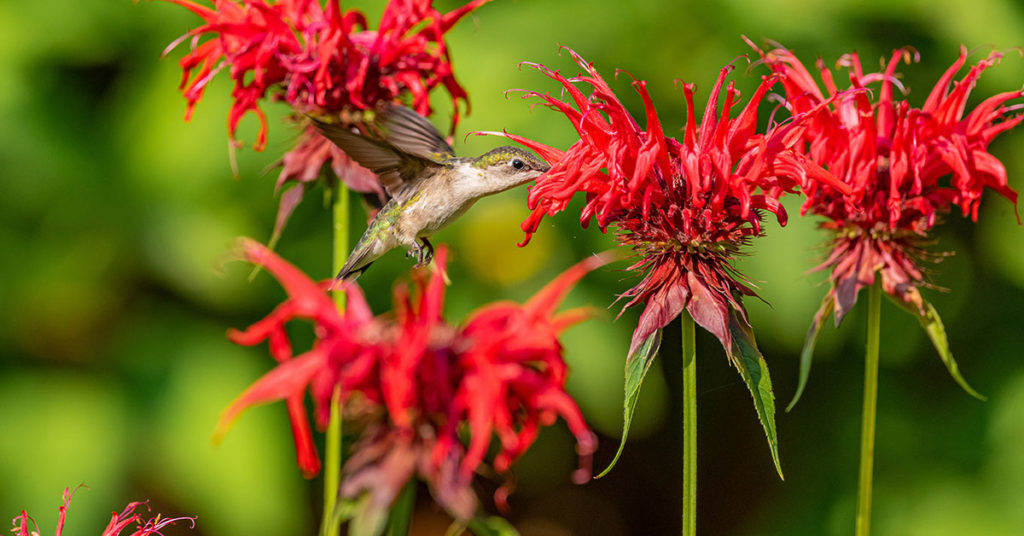
Bee Balm, also known as Monarda, produces clusters of tubular, red flowers that bloom from mid-summer to early fall. This flower is a magnet for bees, butterflies, and hummingbirds. Bee Balm thrives in full sun and moist, well-drained soil, although it can tolerate partial shade.
To care for Bee Balm, water it regularly to keep the soil consistently moist, especially during dry periods. Its vibrant flowers and aromatic foliage make Bee Balm a favorite among gardeners who love attracting pollinators.
Red Milkweed
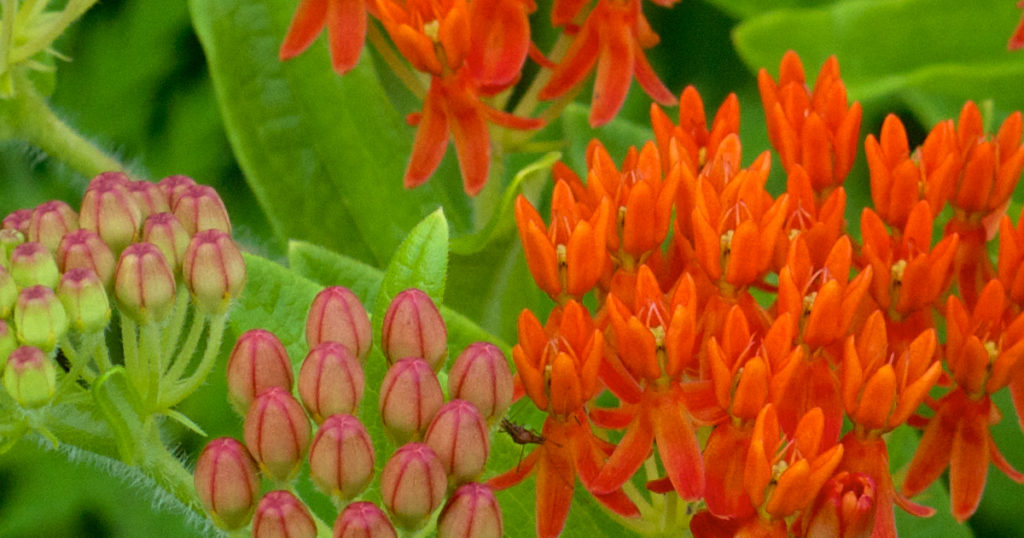
Red Milkweed, with its clusters of vibrant red and orange flowers, is a stunning addition to any garden. Blooming from mid-summer to early fall, it’s a crucial plant for monarch butterflies, providing both nectar and a host for their larvae. Red Milkweed prefers full sun and well-drained soil but can tolerate wetter conditions.
Water Red Milkweed regularly, particularly in the first growing season, to establish a deep root system. Once established, it’s quite drought-tolerant. Its bold flowers and ecological benefits make it a must-have for butterfly enthusiasts!
Red Hot Poker
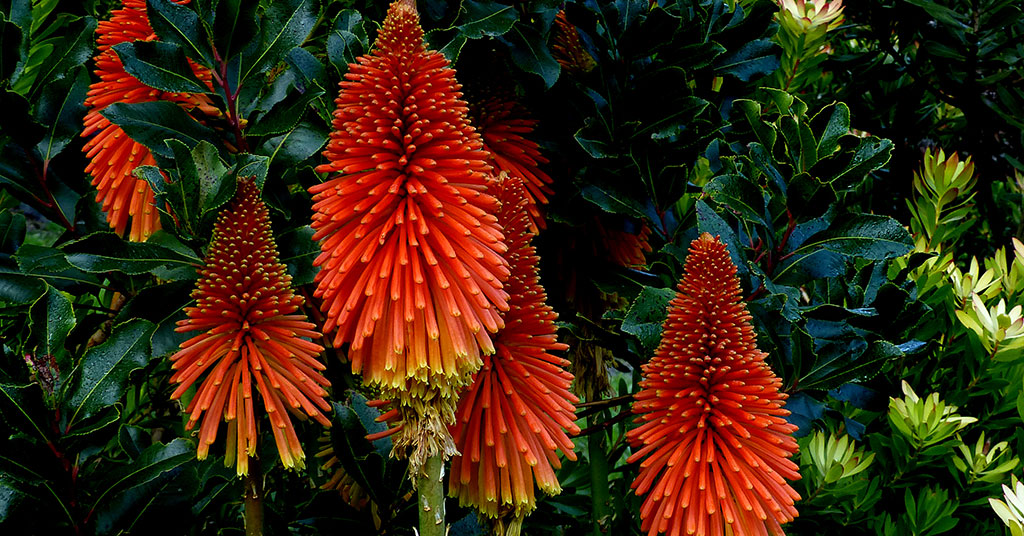
Red Hot Poker, or Kniphofia, boasts tall spikes of fiery red, tubular flowers that bloom from late spring to early fall. These striking flowers attract hummingbirds and other pollinators. Red Hot Poker thrives in full sun and well-drained soil, requiring moderate watering.
To grow Red Hot Poker successfully, ensure it’s planted in a sunny location with good drainage. Water regularly but allow the soil to dry out between watering. Its dramatic flowers add vertical interest and a burst of color to any garden.
Fire Pink
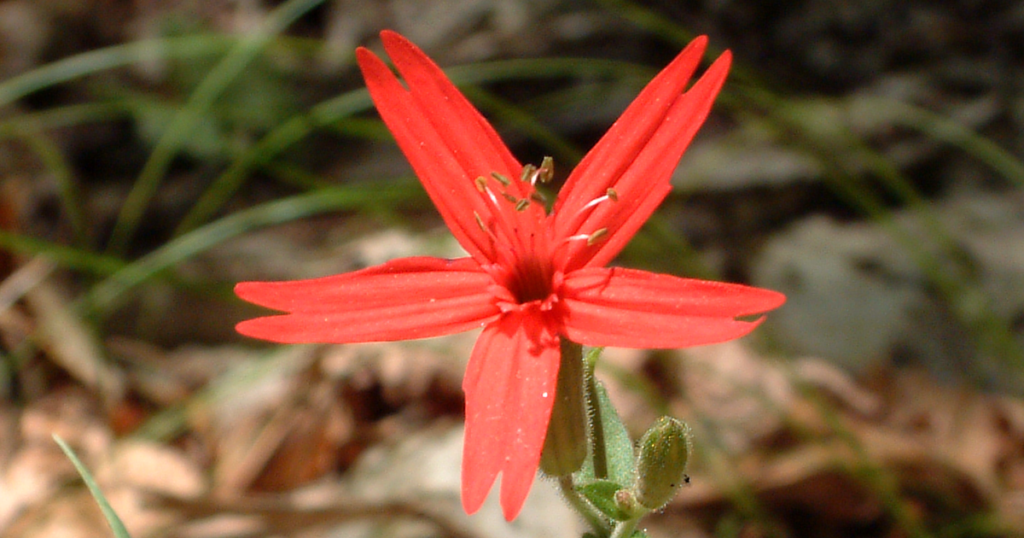
Fire Pink is a native wildflower with bright red, star-shaped flowers that bloom in late spring to early summer. This flower is excellent for attracting hummingbirds. Fire Pink prefers well-drained soil and partial shade, thriving in woodland and rocky garden settings.
Water Fire Pink moderately, ensuring the soil remains moist but not waterlogged. Its vivid red flowers and easy care make it a great choice for gardeners looking to add a splash of color to shaded areas.
Indian Pink
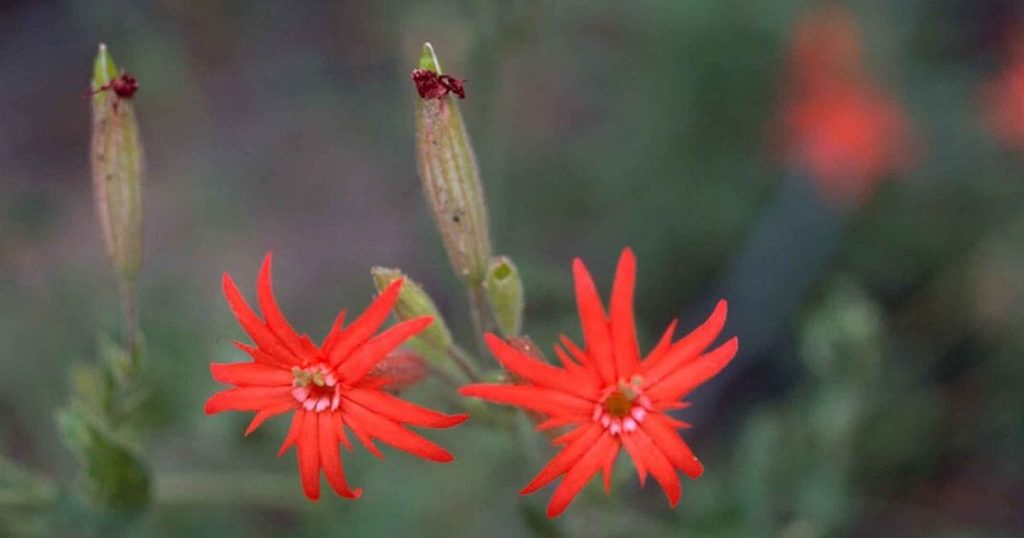
Indian Pink features tubular, red flowers with yellow interiors that bloom from late spring to early summer. This flower is a favorite of hummingbirds. Indian Pink thrives in moist, well-drained soil and partial to full shade, making it perfect for woodland gardens.
Water Indian Pink regularly to keep the soil consistently moist. Its striking flowers and shade tolerance make it an excellent addition to gardens with dappled sunlight or partial shade.
Blanket Flower
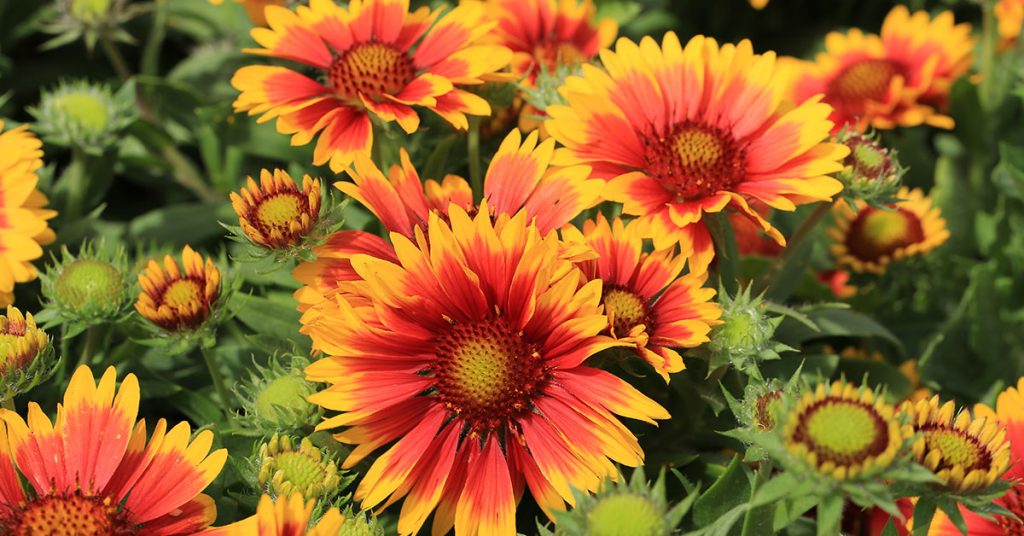
Blanket Flower, or Gaillardia, produces vibrant red and yellow flowers that bloom from early summer to fall. This drought-tolerant plant attracts bees and butterflies. Blanket Flower prefers full sun and well-drained soil, requiring minimal watering once established.
To grow Blanket Flower, plant it in a sunny location and water sparingly. Its bright, daisy-like flowers and ease of care make it a popular choice for adding long-lasting color to the garden.
Red Trillium
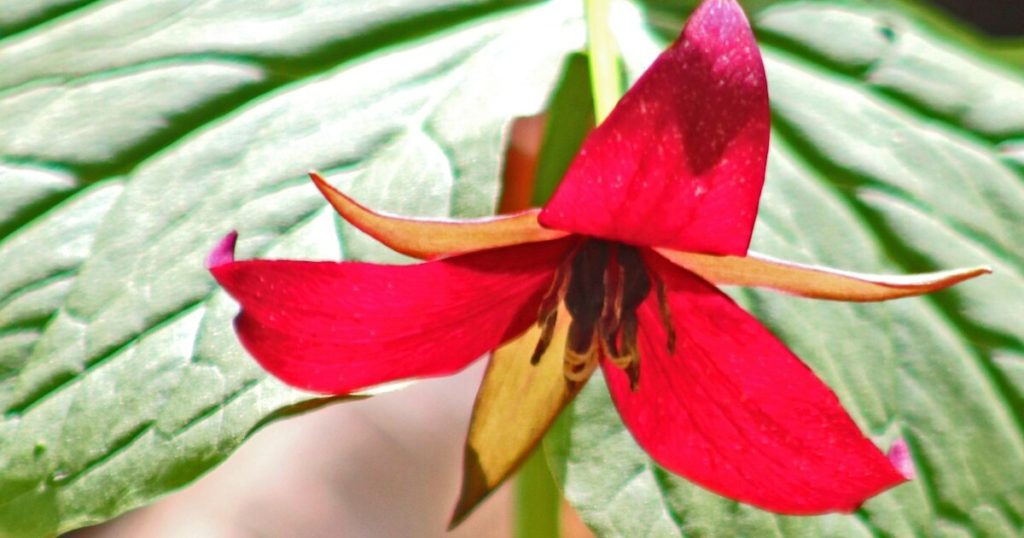
Red Trillium, also known as Wake Robin, features deep red, three-petaled flowers that bloom in early spring. This woodland plant thrives in moist, rich soil and partial to full shade. Red Trillium adds a touch of elegance to shaded garden areas.
Water Red Trillium regularly to maintain soil moisture. Its unique flowers and shade tolerance make it a fantastic choice for woodland gardens or shaded borders.
Red Spider Lily
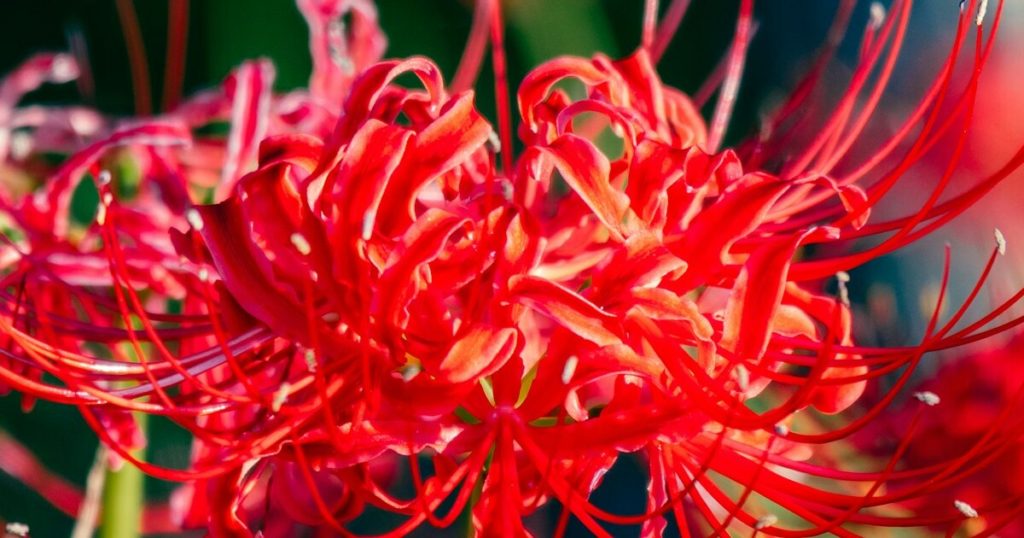
Red Spider Lily produces clusters of bright red, spidery flowers that bloom in late summer to early fall. This bulbous plant prefers full sun to partial shade and well-drained soil. Red Spider Lily is perfect for adding late-season color to the garden.
To care for Red Spider Lily, plant the bulbs in a sunny location and water moderately. Its unusual flowers and late bloom time make it a striking addition to any garden.



